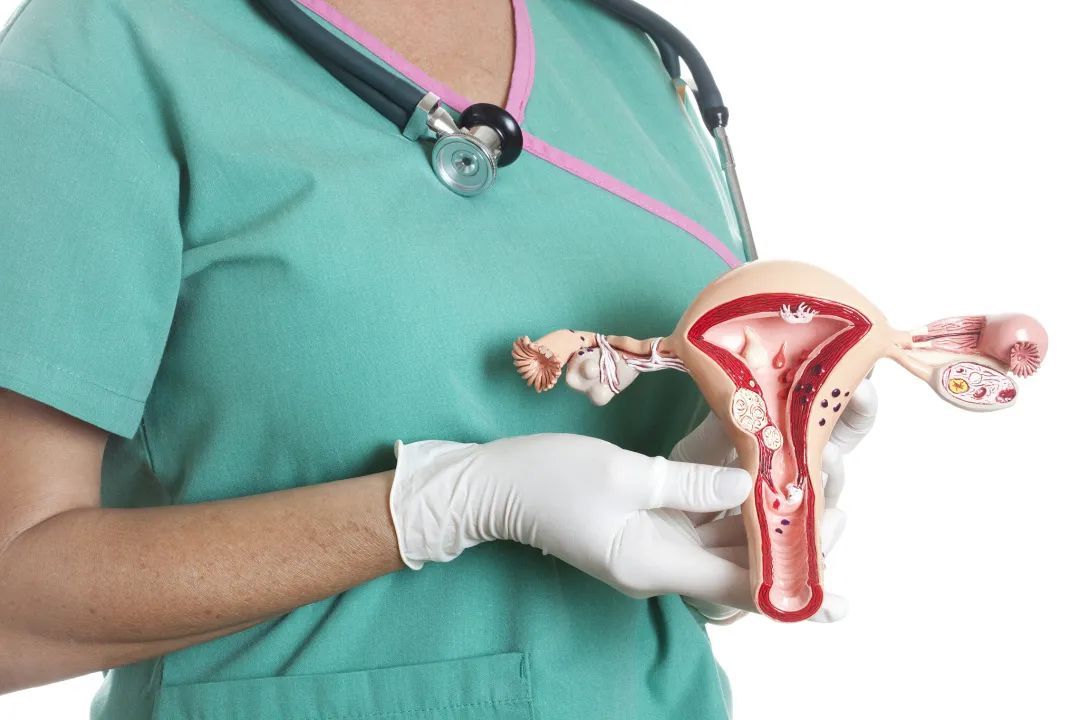Speaking of cancer
Many people are afraid
Many people can’t figure it out after being diagnosed with cancer
Why does cancer come to me?
In fact, our bodies are very “smart”
If our body sends these signals
It’s about to attract attention
Prompt examination and treatment
Ten signals from cancer
1. There are lumps and nodules in the body
When a lump or nodule occurs in a certain part of the body, the first thing that may come to mind is a tumor. But don’t panic, lumps and nodules are not necessarily cancer, they can be non-neoplastic (such as inflammatory masses), or they may be benign tumors. For mass nodules, we can make a preliminary judgment on it:
A look at the size. The smaller the nodule, the more likely it is to be benign. Of course, it is not absolute, so pay attention to follow-up and review; if the nodule exceeds 1 cm, it should be paid more attention. In addition to the size itself, the trend and speed of size change also have important reference value. The nodules that continue to grow, especially those that grow rapidly, tend to be malignant, and special attention should be paid.

Two look at the texture. Soft or cystic masses tend to be benign, while hard, fixed or solid masses tend to be malignant, but enlarged lymph nodes in lymphoma are tough to the touch.
Three look at boundaries and activity. Benign tumors usually have clear borders and good activity; most malignant tumors have unclear borders, often adhere or fuse with surrounding tissues, and have poor activity.
2. Continuous non-traumatic pain in the body
Most people have experienced pain. The first reaction to pain is to use painkillers. This will actually cover up the disease. You should first think about what may be causing it. If you have unexplained persistent pain in a part of your body that is not caused by trauma, you should go to the hospital to find out the cause.

3. A persistent cough
Coughs are not surprising, and they don’t take them too seriously. Some people stop coughing when they encounter a cough. In fact, it is more important to find out the cause of the cough. For long-term cough or blood in sputum, especially long-term smokers, you should be alert to the possibility of lung cancer and other diseases.

4. Unexplained persistent fever
When a fever occurs, the first thing we should think about is what causes the fever. If the cause of the fever is unknown and persists, we must be alert to the possibility of cancer and conduct relevant examinations as soon as possible.

5. Inexplicable weight loss and fatigue
If you don’t take the initiative to lose weight and exercise, and you don’t deliberately go on a diet, but you lose weight for unknown reasons or have progressive weight loss, or are accompanied by anorexia, fatigue, easy fatigue, etc., it is necessary to find out the cause, weight loss and fatigue may also be cancer. one of the performances.

6. Bleeding despite no trauma
Non-traumatic abnormal bleeding, such as blood in the stool or hematemesis, should pay attention to exclude the possibility of colon cancer and gastric cancer; coughing up blood and blood in sputum should be alert to lung cancer; irregular vaginal bleeding or non-menstrual bleeding may be related to the endometrium Cancer, ovarian cancer and other gynecological tumors; painless hematuria or with dysuria, be careful with urinary tract tumors; non-traumatic epistaxis, pay attention to exclude the possibility of nasopharyngeal cancer.

7. Persistent digestive abnormalities
Indigestion and loss of appetite are only transient for most people. If indigestion persists, or accompanied by acid regurgitation, heartburn, and upper abdominal pain and discomfort, don’t take it for granted that it is a general “stomach disease”, and be wary of stomach cancer or esophagus possibility of cancer, etc.

8. Changes in bowel habits and traits
Changes in bowel habits, frequency or characteristics (thinning of stool shape, pus, blood, mucus, etc.) or alternating constipation and diarrhea. Be alert to colorectal cancer and go to the hospital for examination as soon as possible.

9.Sudden enlargement or color change of moles
Many people have black moles, but if the mole suddenly enlarges, or the edges become irregular, or the color changes, or there is ulceration and bleeding, or burning pain, or the original hair on the mole falls out, be suspicious Melanoma possible.
10. The ulcer wound does not heal itself for a long time
Oral ulcers are very common, but if they persist for a long time and do not heal, you should be alert to the possibility of oral cancer.

Seven cancer screening methods
1. Lung cancer: low-dose spiral CT
Using CT to detect lung cancer has high resolution, and lung cancer tumors can be detected at 1 cm or even 0.8 cm. Therefore, it is recommended that middle-aged and elderly people after the age of 50 or people with a family history of lung cancer should put X in the physical examination. Light films were replaced with low-dose CT.
2. Gastric cancer: gastroscopy + biopsy
Many people do not do gastroscopy as a last resort. Even when the doctor asks them to do it, they will refuse as much as possible. However, gastroscopy is the first-line method for the diagnosis of gastric diseases. Through gastroscopy + biopsy screening, gastric cancer is actually is preventable.

3. Liver cancer: alpha-fetoprotein + liver B-ultrasound
A joint examination of “alpha-fetoprotein + B-ultrasound” is required to detect liver cancer. The alpha-fetoprotein screening alone will lead to some missed diagnosis, because only about 80% of liver cancer patients will have elevated alpha-fetoprotein. The accuracy rate of B-ultrasound combined with serum alpha-fetoprotein for detecting liver cancer is over 90%, which is the first choice for clinical diagnosis of early-stage liver cancer. Inspection methods, high-risk groups are screened every 6 months.
4. Bowel cancer: colonoscopy
Colorectal cancer screening starts at the age of 45, regardless of gender, with a fecal occult blood (FOBT) test every year, and a colonoscopy every 10 years until the age of 75.

5. Breast cancer: mammography
X-ray examination for breast cancer, also known as molybdenum palladium examination, is a simple and effective screening method for diagnosing breast diseases. It is recommended that women between the ages of 40 and 45 should have a mammogram every year, and women between the ages of 45 and 69 should have a mammogram every 1-2 years.
6. Prostate Cancer: PSA Screening
It is recommended that men over the age of 50 use the prostate specific antigen (PSA) project to screen for prostate cancer. Because PSA is cheaper and eliminates the problem of false positives, it is the most convenient and sensitive method for early screening of prostate cancer specificity.
7. Cervical cancer: HPV+TCT
Compared with other cancers, cervical cancer is the only cancer with a clear etiology among all human cancers that can be eliminated through early screening and treatment. Modalities of combined screening for papillomavirus (HPV) virology.

You should pay attention to these signals from your body
1. There are lumps and nodules in the body
2. Continuous non-traumatic pain in the body
3. A persistent cough
4. Unexplained persistent fever
5. Inexplicable weight loss and fatigue
6. Bleeding despite no trauma
7. Persistent digestive abnormalities
8. Changes in bowel habits and traits
9.Sudden enlargement or color change of moles
10. The ulcer wound does not heal itself for a long time
(CCTV Life Circle)